We’re currently in the midst of a digital addiction epidemic. The problem? Many of us don’t even realize it.
Modern life has become so interwoven with technology that we rarely give it a second thought. Whether it’s scrolling through reels on social media, gaming into the early hours, or constant cyber communication – most people’s waking hours are spent plugged into the mainframe.
Were we to take a step back and take a long hard look at our relationship with the digital world, we may be shocked. No wonder business mogul Elon Musk says we’re already cyborgs!
However, while internet gaming disorder is listed in the DSM-5, digital addiction still isn’t a recognized mental health disorder. Despite its widespread prevalence, the broad spectrum of pathology and lack of research have resulted in many going untreated.
Digital addiction is more than just the overuse of technology. It’s a complex web of behaviors and psychological patterns; a state where once casual digital interactions morph into compulsions.
Despite normalization, these compulsions can interfere with daily routines, personal relationships, and even professional responsibilities. The allure of digital platforms – with their instant rewards and constant stimulation – taps into primal aspects of human psychology, often leading to a cycle that’s hard to break.
Maui Recovery stands at the forefront of treating every kind of tech addiction. Our CEO and chief clinical officer, Dr. Kardaras, is a leading authority in the field with over a decade of experience in treating young people affected by these challenges. Dr. Kardaras’s insights and methodologies form the cornerstone of Maui Recovery’s approach to addressing this modern epidemic.
What is digital addiction?
Have you ever found yourself lost in an endless doom-scroll or oblivious to time as you take “just one more turn” on your game? Given the many types of digital addiction, there’s no one suitable definition. That being said, the underlying mechanism behind it is the dopamine rush (the brain’s pleasure response), similar to what occurs with addictive substances.
Social media, gaming, and other digital activities are specifically designed to trigger this neurochemical reward, keeping users hooked for extended periods. This constant stimulation can rewire the brain’s pleasure circuitry, potentially leading to a scenario where digital engagement is the only source of gratification.
What separates digital addiction from a substance use disorder, or behavioral addiction like gambling is how normalized it is. It can be insidious, creeping up on you unawares as you struggle to identify the source of growing physical and mental health issues.
Types of digital addiction
Digital addiction manifests in varied and specific ways, shaping people’s interactions with the world and often impacting their health. Experts have identified several primary types, each reflecting a different facet of our engagement with digital technologies. These are:
Net compulsions

The thrill of online auctions or the stock market can be addictive, and for some, this digital thrill-seeking goes beyond a hobby. When these compulsions start to drain your bank account or consume your thoughts, it’s time to step back and assess the potential for net addiction.
Cyber relationship addiction
In the digital age, friendships, and romances often start online. However, when these virtual interactions start to replace face-to-face connections, it might indicate a cyber relationship addiction, with real-world friendships and family ties taking a backseat.
Compulsive information seeking
The quest for information can become an endless dive down the rabbit hole. When the accumulation of facts and data overtakes the need for actual productivity, it’s a form of compulsive information-seeking that can have real consequences for one’s job and personal life.
Gaming addiction
Video games are designed to be engaging, but they can also be all-consuming. When gaming starts to eclipse work and personal care, it’s no longer just a game; it’s an addiction that needs tending to before it threatens to take over your life.
Cybersex addiction
It’s easy to fall into the trap of seeking pleasure from pixels on a screen, but when it becomes a substitute for genuine intimacy, it might be a sign of cybersex addiction. This can seriously hinder one’s ability to forge and maintain meaningful romantic relationships outside the digital world.
Statistics on digital addiction
In recent years, digital addiction has become a pressing concern, as evidenced by the following statistics:
Global prevalence
A study encompassing over 2 million individuals from 64 countries found smartphone addiction prevalence at 26.99%, social media addiction at 17.42%, and Internet addiction at 14.22%.
Impact of the pandemic
Internet addiction surged to 36.7% during the COVID-19 pandemic.
Daily usage in America
85% of Americans use the internet daily, with individuals checking their phones an average of 96 times per day.
Safety concerns
Smartphone use contributes to 26% of all car accidents in the U.S.
Teen smartphone addiction
32% of American teenagers acknowledge an addiction to their smartphones.

Where are you on the spectrum of digital addiction?
In a study conducted by the University of Surrey, researchers introduced a new spectrum to understand internet addiction, shedding light on how digital behavior varies across different user groups.
The study, involving 796 participants, categorized internet users into five distinct groups:
- Casual Users (14.86%): Typically older, with an average age of 33.4 years, these users go online for specific tasks and log off promptly once completed, showing no signs of addiction.
- Initial Users (22.86%): Often online for longer periods than intended, these users, averaging 26.1 years in age, neglect household chores but don’t see themselves as addicted.
- Experimenters (21.98%): Feeling uneasy when offline but relieved upon connecting, experimenters, aged between 22.8 and 24.3 years, are keen to try out new technologies.
- Addicts-in-Denial (17.96%): These users engage in addictive behaviors like forming online relationships and neglecting real-world responsibilities, yet deny any unease when disconnected.
- Addicts (22.36%): Acknowledging their addiction and its negative impacts, these users spend significantly more time online than casual users.
The study’s findings highlight the diversity in digital behaviors and the importance of age in predicting internet addiction. Interestingly, no correlation was found between gender and online behavior. However, higher addiction levels were linked with greater confidence in using mobile technology and a willingness to try new apps.
Emotional experiences while using apps were found to predict future behavior across all groups, particularly in the context of augmented reality.
This research emphasizes the need for tailored interventions like those offered by Maui Recovery, as well as support for various stages of internet addiction.
The war for your attention

Your attention has become a highly sought-after commodity. Tech giants, advertisers, and various media outlets vie for a slice of your day, often utilizing sophisticated algorithms and behavioral design tactics to keep you scrolling, clicking, and watching. This relentless competition is geared toward capturing a resource that’s finite and precious – your time.
Tim Wu, in his book “The Attention Merchants,” provides a detailed account of how businesses have historically vied for human attention to resell it for profit. From the early days of sensationalist press to today’s sophisticated social media platforms, the battle for our attention has intensified.
Companies like Facebook and Instagram are meticulously engineered to be addictive, designed to trigger the release of dopamine with features like “like” buttons and endless feeds that keep you engaged for hours on end.
A recent article in Psychology Today echoes this sentiment, noting that attention not only defines our experiences but also establishes our mindset. The content we consume and the media we engage with can significantly influence our thoughts and feelings, sometimes leading us to lose ourselves in a sea of information that shapes our identity and emotional state. This overwhelming influx of content can contribute to feelings of anxiety and hopelessness, negatively impacting mood and overall well-being.
However, the concern extends beyond this, with larger implications for societal values and behaviors. As the “attention economy” becomes more pervasive, understanding how and where we direct our attention is crucial.
Reclaiming our mental space and being conscientious about digital consumption becomes a truly radical act.
So, how can you navigate this battlefield?
It starts with awareness – recognizing the pull of digital distractions and the impact they can have on your life. From there, it’s about making deliberate choices to foster a healthy balance between the digital world and the physical one, ensuring that your attention, once captured, is used in a way that enriches rather than diminishes your life.
Understanding “digital balance” with Dr. Kardaras
Our very own Dr. Nicholas Kardaras offers a relatable approach to something many of us struggle with – finding balance in our digitally saturated lives. His insights are grounded in both research and real-world applications, particularly relevant in our always-online culture.
In his work, including his book “Glow Kids,” Dr. Kardaras doesn’t just highlight problems but offers well-researched, actionable solutions. He makes it clear that while technology has its place, it shouldn’t overshadow our real-world experiences.
At Maui Recovery, Dr. Kardaras’s expertise shapes our programs that help people recognize their digital habits and understand the impact on their mental health. Far from fear-mongering or tech shaming, we seek to empower people with the tools and knowledge to use technology wisely (and not let tech use them).
Treatment for digital addiction
Even though digital addiction has become a growing concern in the contemporary world, there isn’t currently a “gold standard” for treatment. That being said, evidence (both scientific and anecdotal) is mounting, and some therapies have been shown to be highly effective at treating this affliction, including:
Experiential Nature Immersion Therapy

Intuitively speaking, nature immersion therapy is a wonderful balm for the pull of technology. Research shows it to be a powerful treatment for many forms of addiction, and while specific studies on tech addiction may be in short supply, we at Maui Recovery can testify to its efficacy for tech addiction.
Exposure to natural environments is known to reduce the stress and anxiety often linked to addictive behaviors. This stress reduction is attributed to lower cortisol levels and enhanced well-being. Activities like hiking and mindfulness in nature foster presence and aid in rewiring the brain’s reward system, diminishing the dependence on digital stimuli.
This approach, combining nature’s healing effects with therapeutic guidance, provides an effective strategy for overcoming digital addiction.
Cognitive Behavioral Therapy (CBT)
CBT is a commonly employed method in treating digital addiction. As this 2013 study shows, the therapy was shown to be effective, with most participants being able to manage their symptoms by the 12th session.
Essentially, CBT involves identifying and modifying specific internet usage patterns. The therapy includes introducing new schedules to disrupt established online patterns and employing external stoppers to encourage internet disengagement.
Medication for accompanying symptoms
In cases where digital addiction co-exists with anxiety or depression, selective serotonin reuptake inhibitors (SSRIs) may be prescribed. These medications help manage the accompanying symptoms, thereby aiding in the overall treatment process. However, we recommend you only take these as prescribed, always research possible side effects, and explore other complementary therapies.
Residential inpatient programs
For more severe cases, residential or inpatient treatment can be highly effective. Personalized programs (like those offered by Maui Recovery) offer a supportive and medically supervised environment, away from the triggers of digital addiction.
This gives people the opportunity to recover in various settings, ranging from urban centers to serene natural landscapes. It allows for a complete focus on recovery, away from distractions, and with recourse to the resources and support necessary for successful recovery.
Maui Recovery – At the forefront of digital addiction treatment
In your journey to overcome tech addiction, each step you take is significant. At Maui Recovery, we understand that breaking free from the grip of digital devices isn’t just cutting screen time. Guided by the celebrated insights of Dr. Kardaras, we can help you rediscover a healthier, more balanced lifestyle.
Our holistic approach integrates experiential treatments and evidence-based therapies. It’s carefully tailored to support you through your self-transformation. Our expert team will ensure you have the tools and support needed to replace digital dependency with meaningful, real-world experiences.
For more insight into managing tech addiction or to explore our unique treatment approach, feel free to reach out. We’re committed to helping you reclaim control and find a renewed sense of purpose beyond the screen.









